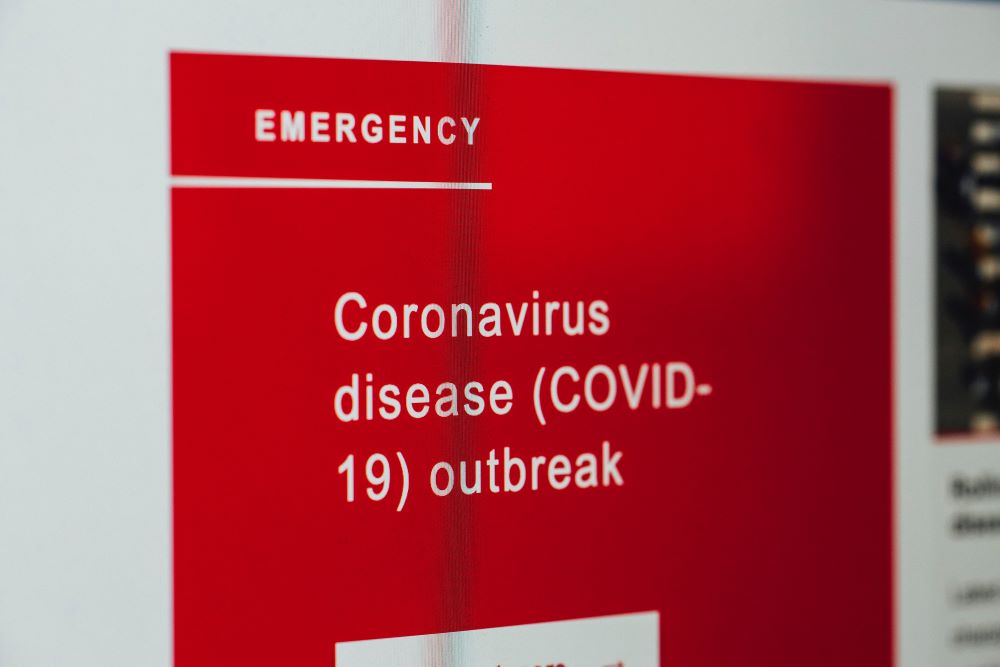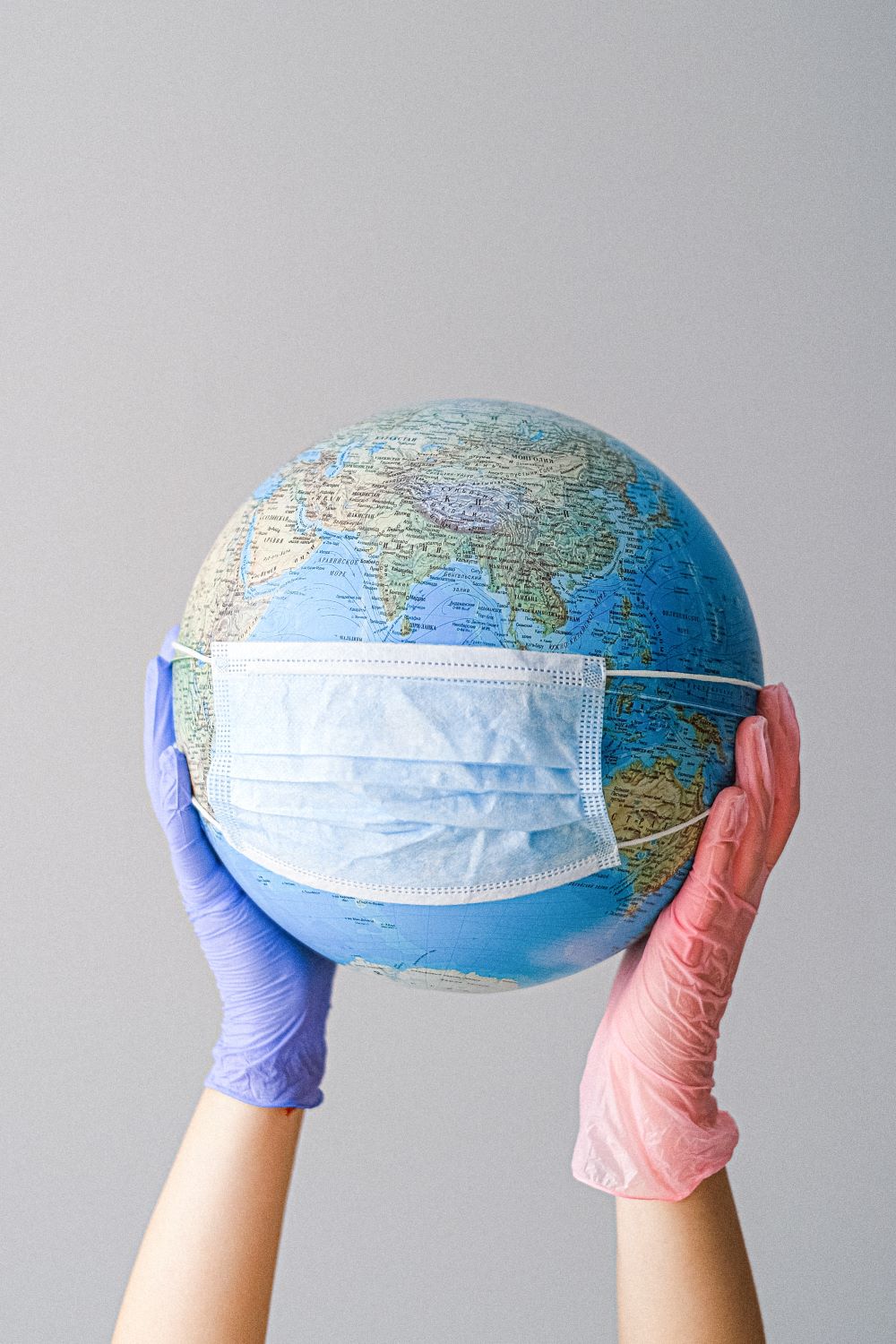The number of U.S. citizens with health insurance increased during the pandemic, experts say.
In 2021, more than 300 million people in the United States had health insurance, equivalent to almost 92% of the population. Although the country’s healthcare system is a combination of public and private insurers, the majority of people in the United States have private health insurance coverage for themselves and their families. And after the COVID-19 epidemic, there was a lower percentage of uninsured Americans than before the outbreak.
In 2021, there was a drop in the number of persons who lacked health insurance due to implementing policies that safeguarded healthcare for individuals who may have experienced financial distress due to the pandemic. There were 27.5 million non-elderly people who did not have health insurance in 2021, a reduction of roughly 1.5 million from 2019. Increases in Medicaid and non-group coverage offset decreases in employer-sponsored coverage and drove coverage gains, which were especially significant among Hispanic persons and those in working families. Increases in Medicaid and non-group coverage also drove coverage improvements.
Major economic and healthcare disruptions were caused by coronavirus. However, in contrast to prior economic meltdowns, the Affordable Care Act (ACA) took care of unemployed individuals without access to insurance. By expanding Medicaid coverage to a large number of low-income individuals, the ACA attempted to solve shortcomings in the nation’s healthcare system that left millions of people uninsured or underinsured.

The policies implemented during the COVID-19 pandemic safeguarded individuals against losses. They also enhanced the ability of people to afford private insurance coverage. Consequently, the rate of the nonelderly who do not have health insurance declined significantly between 2019 and 2021.
By 2021, roughly twice as private and public insurance programs insured many Americans. 117 million people were enrolled in a public health insurance program in 2021, whereas 216 million had health insurance and were enrolled in a private program. Estimates of coverage are not mutually exclusive because individuals can be covered by more than one type of health insurance at any given time during the year. Hence, the aggregate of those figures is more than the population of the United States.
Medicare is a health insurance program that covers seniors and people with disabilities. Medicaid, on the other hand, is primarily concerned with providing coverage to families with low incomes. In 2021, around 37% of the population of the United States was covered by health insurance provided by Medicare and Medicaid. Both of these public health programs have seen an increase in participation, with Medicaid expenditure expected to top $728 billion dollars in 2021.
Over the past few years, there has been substantial growth in total Medicare spending, which is projected to reach 905 billion dollars in 2022. Taxes collected at the federal level are used to pay for public insurance programs like Medicare and Medicaid, among others. Other public health insurance policies include the Children’s Health Insurance Plan (CHIP), which offers healthcare to children through Medicaid as well as independent programs, and military insurance programs such as the Veterans Health Administration. CHIP provides health coverage to children through both Medicaid and separate programs.
A person’s overall health, as well as whether or not they receive necessary medical care, when and where they receive that care, are all affected by whether or not they have health insurance. Persons who do not have health insurance are far more likely than those who do have insurance to delay or forgo receiving healthcare entirely due to the associated expenditures. This is why the decline in those uninsured or underinsured is a significant improvement to the nation’s overall health.
Sources:
Rate of Americans without health insurance fell sharply during pandemic


Join the conversation!